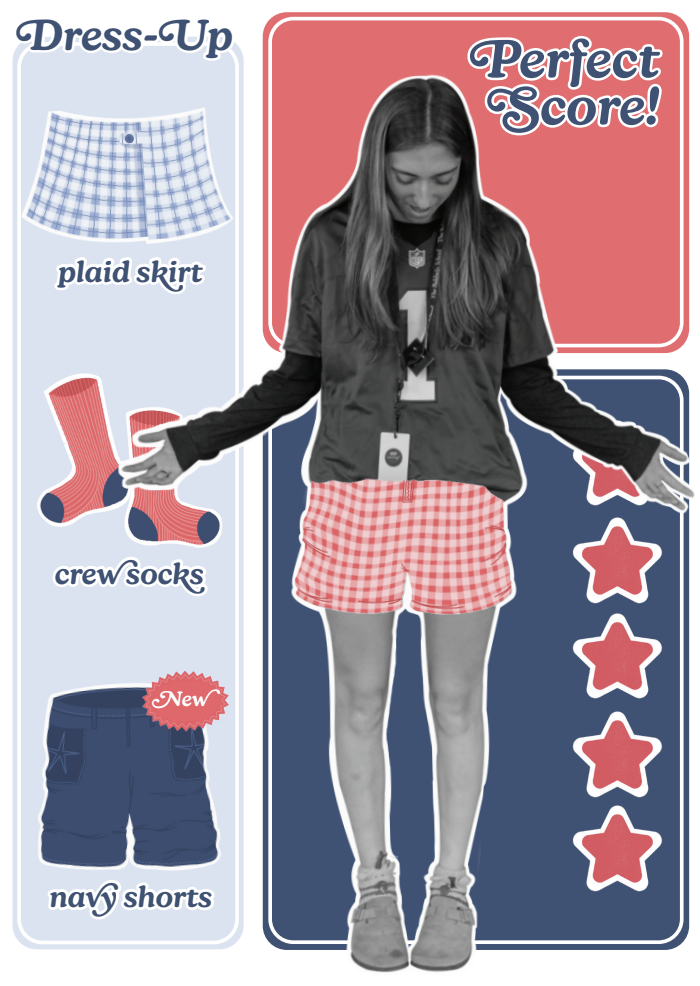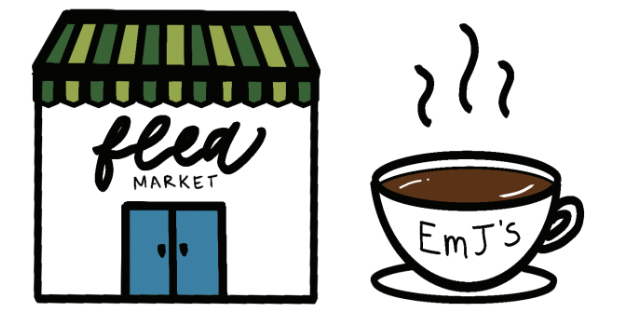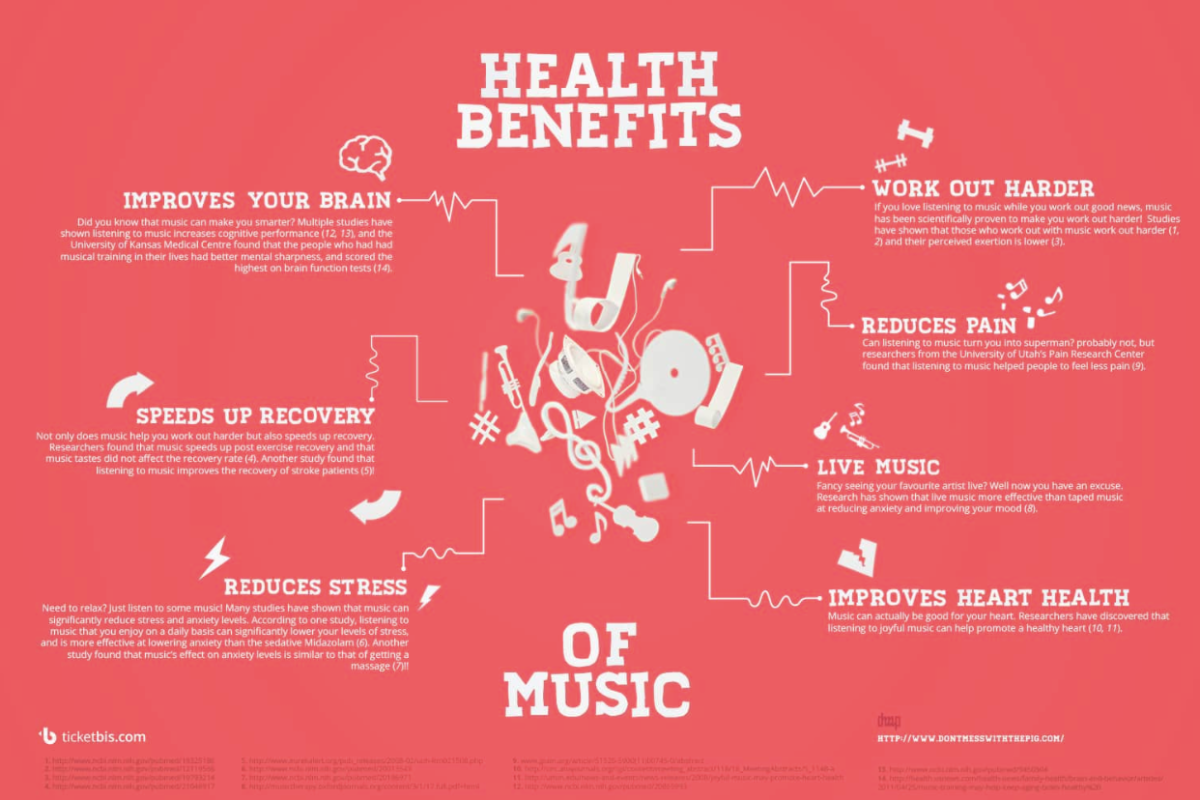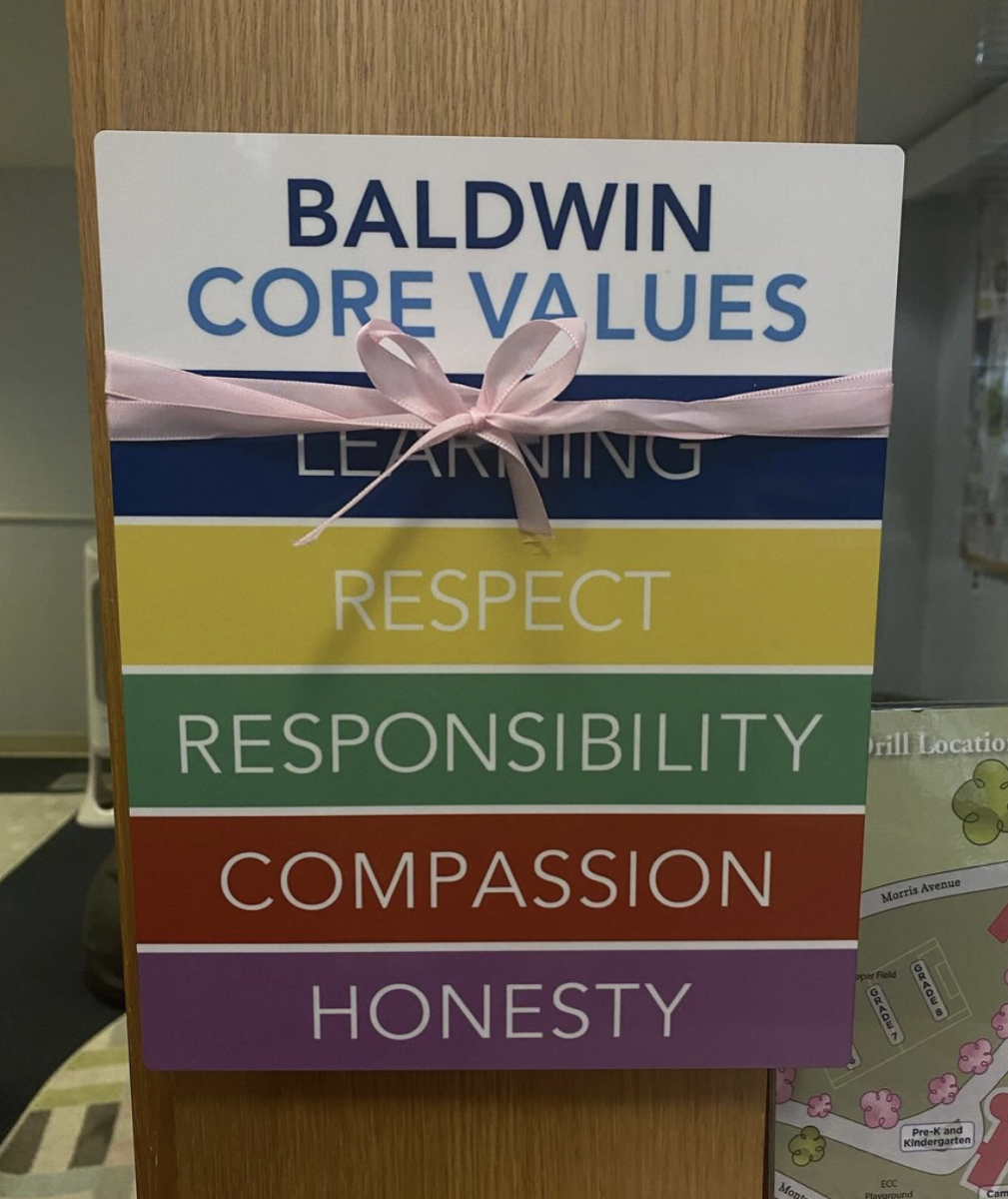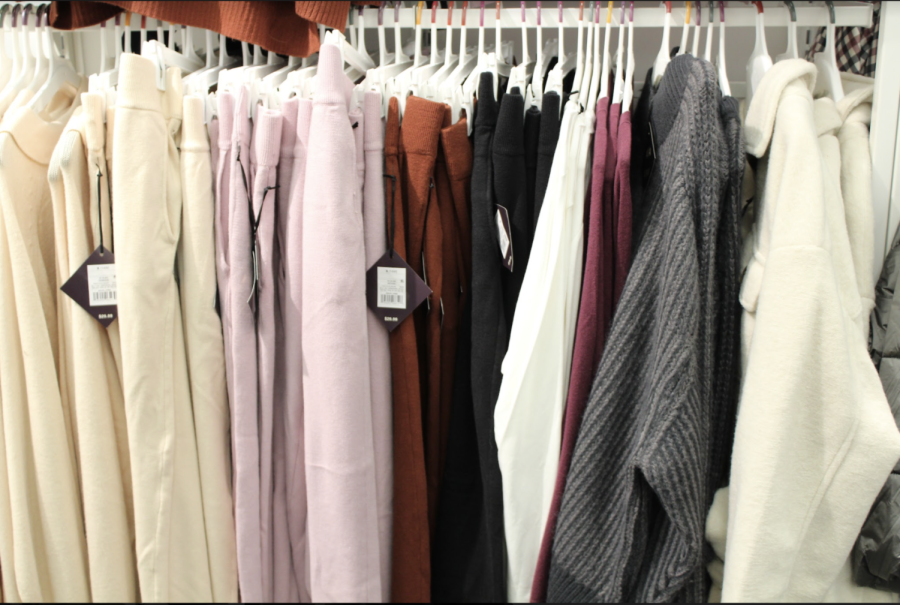All About Sustainable Clothing
What is sustainable clothing and why does it matter?
Sustainability seems to be a common phrase nowadays, especially around clothing. But what is sustainable clothing, and why does it matter?
According to Green Dreamer, sustainable clothing is “designed, manufactured, distributed, and used in ways that are environmentally friendly.” The clothing must be made using methods that would be possible now and fifty years from now. Sustainable clothing must also meet basic environmental and labor standards.
However, most of the clothes worn every day do not meet even those basic parameters. According to Fashion Revolution’s annual report, “the fashion industry produces more than 100 billion garments and 20 billion shoes annually–most of which will be sent to a landfill….within just five years of being purchased.”
A large part of this phenomenon is due to fast fashion, a business model based on the mass production of cheap, trendy clothing, which encourages both consistent spending and continual waste. Fast fashion encourages customers to purchase cheap and trendy clothing that likely would not last, prompting the buyers to make even more purchases.
The process of manufacturing clothing produces harmful emissions that contribute to global warming. According to the United Nations Economic Commission for Europe, or UNECE, the global fashion industry produces 10% of all human carbon emissions.
Additionally, labor exploitation is a rampant problem in the clothing manufacturing industry. In an interview in the Fashion Revolution report, the Tamil Nadu Alliance, a civil society forum focused on improving conditions for adolescent garment workers in South India, said that “many experienced workers are paid less than half of [the minimum wage].”
The legally mandated minimum wage for apprentice textile workers in India is 477 Indian rupees, equivalent to $6.45—about 12% less than the national American minimum of $7.25. Many companies that hope to reduce labor cost therefore moves their factories to less wealthy countries with a lower minimum wage, supporting a business model that benefits from exploiting its workers.
Being able to identify who creates clothing, as well as the conditions under which they work, is crucial to sustainability. But knowing where workers are hired and how much they are paid all depends on a company’s transparency, and the lack of openness from almost all big name brands, like Hollister or Anthropologie, makes it extremely difficult to determine who exactly makes their clothing and how they are treated.
So what can you do? There are two main options for buying sustainable clothes. The first is buying what is already out there. Thrift stores, apps like depop, shopping local, and even making or altering your own clothes are good options because you can repurpose and reuse existing garments instead of buying new.
The second way to promote sustainable fashion is to look for brands that are transparent about how their clothes are made. Thorough research is important; some self-proclaimed sustainable brands, like Patagonia, are not as transparent as they seem, and only publicly trace one part of their huge supply chain. Find brands that tell you exactly where their goods are being made, how much their workers get paid, and how much water or pollution their products produce during manufacturing. Brands such as Tentree, Pact, and Amour Vert are all good options.
Currently, the US has made no plans for regulation concerning fashion. This means that it is solely up to consumers to change how brands operate, as fashion is an industry that directly reflects what consumers want. Companies have direct control over where their clothing comes from and how it is made. If consumers choose to shop at certain stores over others, that brand will be forced to change for the better, and as a result, so will the world.




